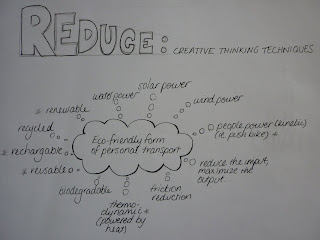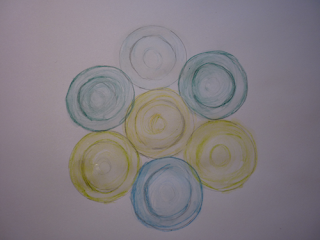CHALLENGING ASSUMPTIONS
As a part of our group exercise this week, a couple of students had to present their design concept to the class and then we all had to discuss and challenge the design concept assumptions. As I was one of the students who presented my lantern design concept, I was able to benefit from the class feedback.
Some of the issues that were raised were:
• Glues, etc, used may be flammable
I am still yet to decide on the most effective way to hold the lanterns together. There may be no need for glue at all if I can utilise tabs or something similar.
• The longevity of my ‘candle in the bag’ lantern was questioned
From my experience with these simple lanterns, they are actually quite effective when the candle is secure in the centre of the sand. I have only seen the bags burn when there is a strong gust of wind to make it touch the flame. I could look into fire-proof sprays, etc.
• Had I thought of solar lighting?
No I hadn’t. Eco-friendly and reusable, however there may be a considerable cost to set these up.
• Storage
I have considered the packaging/storage of the lanterns by perhaps designing them to be flat-packed when not in use. This would help preserve them, allow us to reuse them, and not take up too much storage space.
• Shadows from patterns
Something else I hadn’t considered, but if the light is strong enough and the design definitive, I could add another dimension to the display by projecting shadows from the lanterns.
DESIGN CHALLENGE/REFLECT & REFINE
For our practical this week, we have to critique our 3D design concept and make a list of two assumptions about our design, then challenge these, and finally, refine and solve the challenges.
Assumption 1: I assume the lanterns will be hanging up
THE CHALLENGE: Based on most paper lanterns I have seen, the image I have of them is one of them being hung. By hanging them, it keeps the lanterns from being damaged and also allows them to be easily seen.
Why do the lanterns have to be hanging up to be displayed?
I assume that they are all going to be attached to one piece of wiring (and therefore should be hanging) but they could be separated and take on different forms: a lamp-shade style could sit on any surface or they could be like the paper bag filled with sand and sit on the ground.
REFINEMENTS: If I want to separate the lighting components (e.g. fairy lights), I would need to look at cost effective lighting sources. Perhaps I could design the lanterns with flexible display options i.e. they could have tabs to attach to hanging fairy lights and they could also be capable of sitting on its base on various surfaces.
Assumption 2: I assume my lanterns are going to be lit by existing fairy lights
THE CHALLENGE: What else could they be illuminated by?
• Candles/tea lights – these are individual and flexible, however, they pose a fire risk and they aren’t always reliable or continuous (i.e. they can be blown out)
• Solar lights – great for the reusable and environmental aspect, however, they would need to be charged up prior to the display. Could be an expensive set up cost
• Torch – would be portable and likely to run on batteries to allow for flexibility. Depending on the type of torch, it may be too cumbersome and therefore take away (aesthetically) from the lantern.
• Glow sticks – They are portable and typically small, however, they aren’t the strongest light and they can fade away quickly. They generally are not reusable.
• Globes – generally need electricity to operate (with power cords running to and from the globes) but they are probably one of the most reliable lighting sources.
REFINEMENTS: Perhaps battery power would be the most flexible, reliable and efficient (especially if they have the capacity to be recharged).
I do know that battery powered tea-lights and candles exist that could possibly work for these lanterns, not only on surfaces but also hanging if the lantern had a reasonably strong base for the tea light to sit on. This would also mean less safety-risk.






























